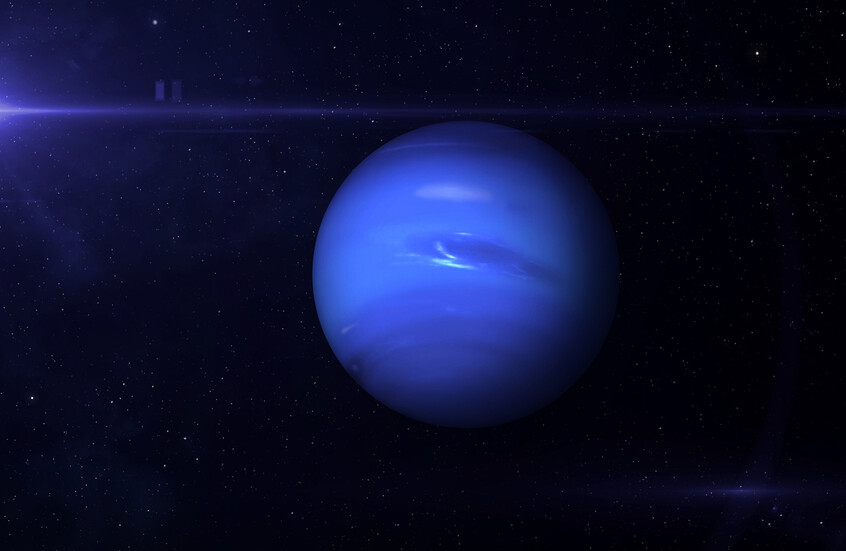Washington - Saba:
An international scientific team at NASA's International Space Station has captured rare data about the icy planet Uranus as it passed in front of a distant star in an event known as a "stellar occultation" on the night of April 7.
This unique astronomical event, which lasted nearly an hour and was visible only from a limited area in western North America, provided scientists with a valuable opportunity to study the atmospheric layers of the mysterious planet. No spacecraft has visited Uranus since Voyager 2 flew by over three decades ago.
Led by William Saunders, a planetary scientist at NASA's Langley Research Center, the team comprised more than 30 scientists from around the world. They used a network of 18 advanced astronomical observatories to closely monitor the interaction between the distant star's light and Uranus’ atmosphere.
Saunders, who expressed deep gratitude to all team members involved in this exceptional scientific mission, stated: "For the first time in history, we’ve coordinated a collaboration of this scale to observe an occultation event."
The scientific significance of this observation lies in its rarity—it is the first such event since 1996, when scientists last recorded a bright stellar occultation of Uranus. By comparing the new data with that collected 27 years ago, researchers hope to understand changes in the planet’s stratosphere—the middle layer of its atmosphere—including shifts in temperature and chemical composition.
This information could serve as a foundation for future space missions aimed at exploring this enigmatic planet.
Uranus, currently located about 3.2 billion kilometers from Earth, lacks a traditional solid surface. Instead, it is primarily composed of a dense mixture of water, ammonia, and frozen methane, making it a unique model for studying the atmospheres of gas giants without the influence of a solid surface.

| more of (International) |




